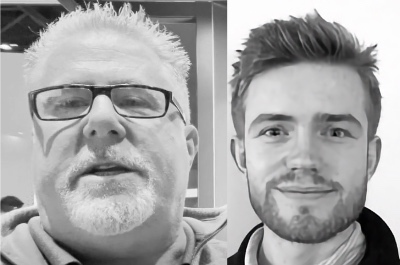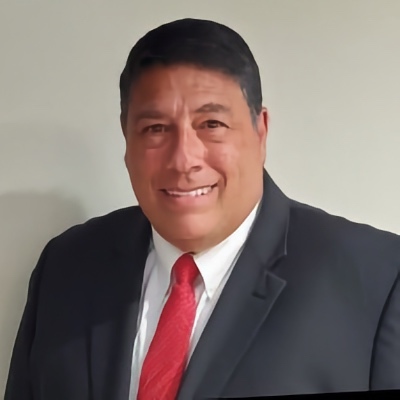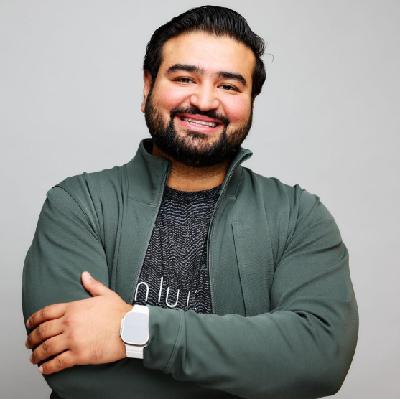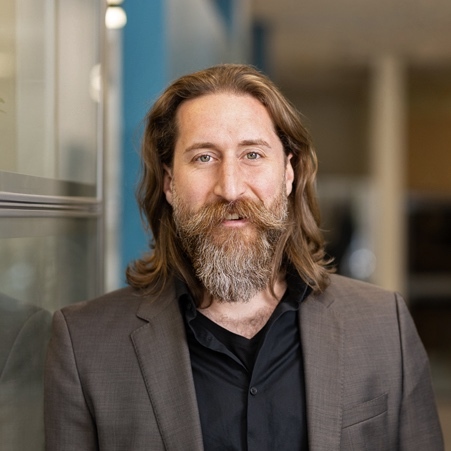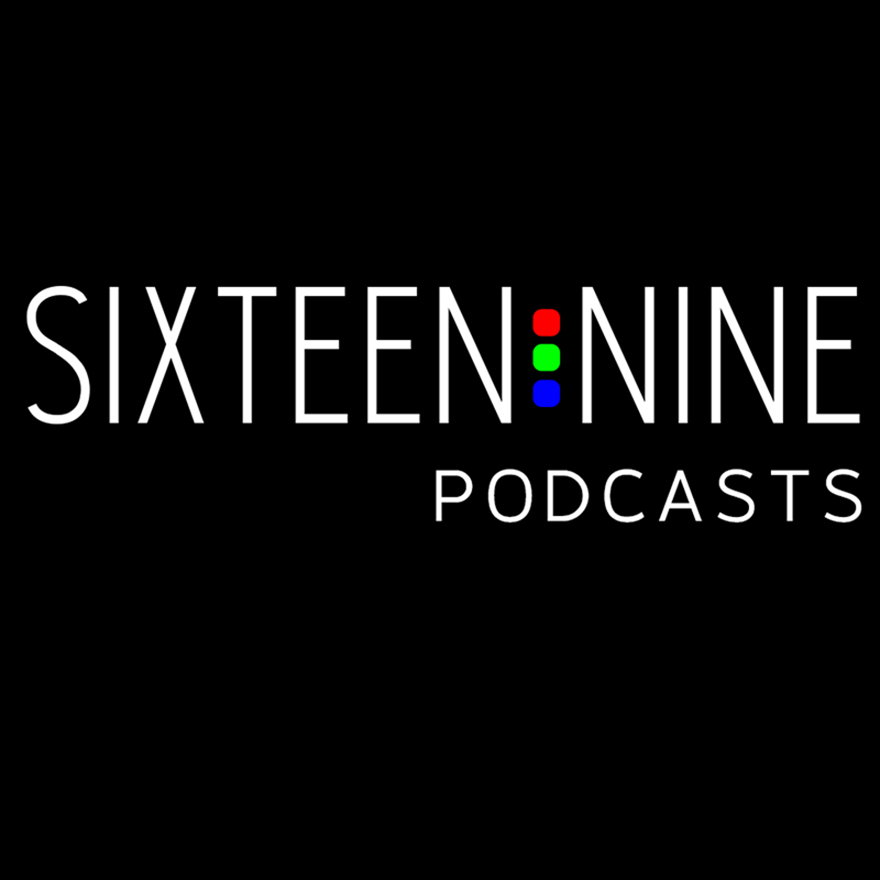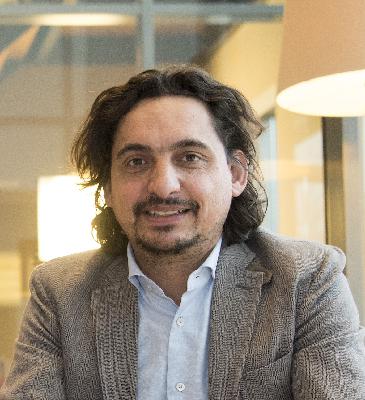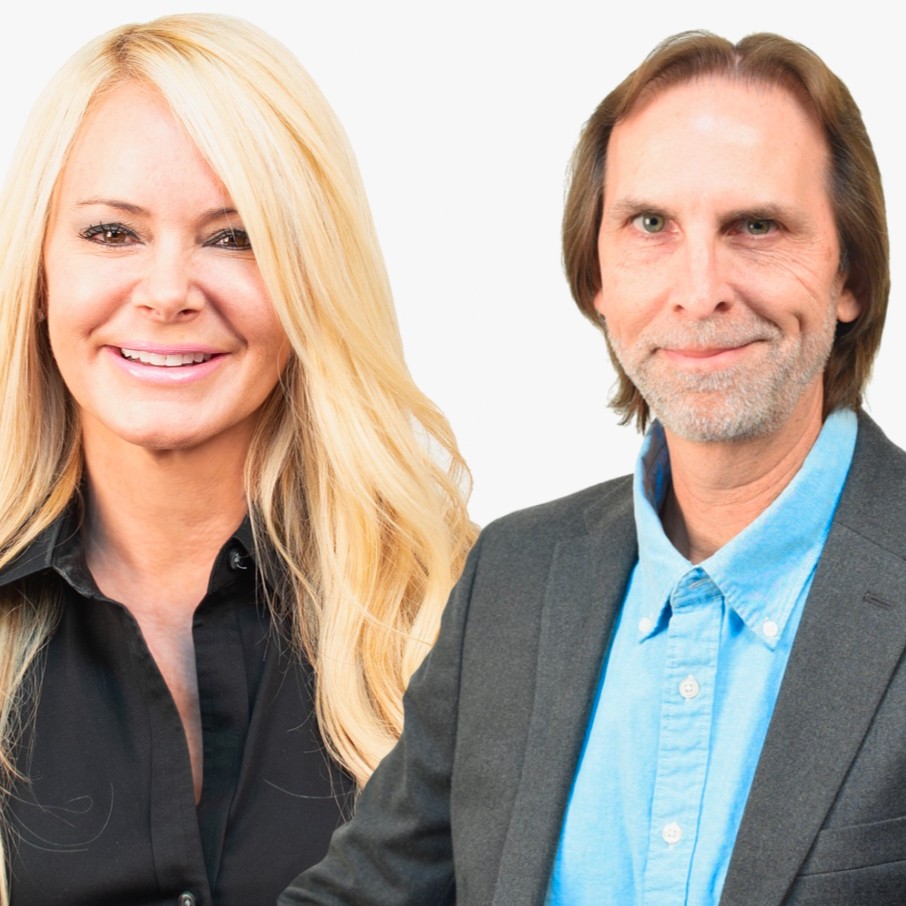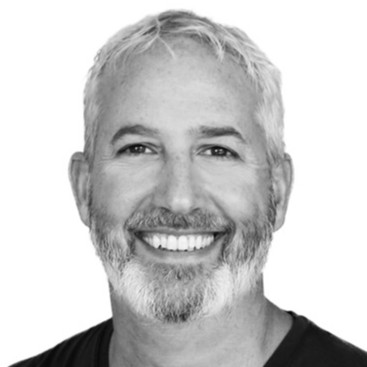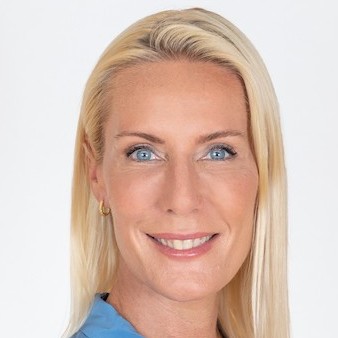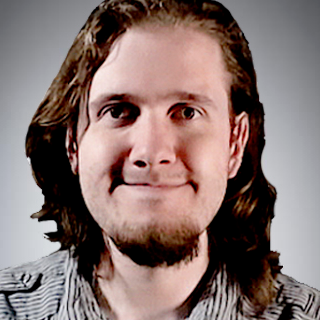Ted Romanowitz and Morris Garrard, Futuresource Consulting
Description
The 16:9 PODCAST IS SPONSORED BY SCREENFEED – DIGITAL SIGNAGE CONTENT
The UK-based research and advisory firm Futuresource Consulting sends a big team every year to the ISE trade show in Barcelona, and then a few weeks later releases a big report that serves as a technical recap for the pro AV community - both for people who could not attend, and for people like me who did, but didn't have anywhere near enough time to see everything.
The 2025 report is out now and the good news is that it is a free download - a departure for a company that produces detailed reports that are typically paywalled and tend to cost at least four figures.
In this podcast, I chat with Ted Romanowitz, a principal consultant focused mainly on LED, and Morris (or Mozz) Garrard, who heads the pro displays file and looks more at LCD and OLED. We get into a bunch of things in a too-short 30 minute interview. You'll hear about mass-transferred Chip On Board tech. Where Chip On Glass, also known as MicroLED, is at. And we also get into LCD, OLED, e-paper and projection.
Have a listen.
Subscribe from wherever you pick up new podcasts.
TRANSCRIPT
Ted and Morris, thank you for joining me. You guys are from Futuresource Consulting.
Every big trade show, like an ISE or an Infocomm and some other ones as well, but those are the ones I'm most familiar with, Futuresource sends a whole bunch of people to these shows. I'm curious how many people at Futuresource are on the pro display file, and why do you go to trade shows like ISE?
Morris Garrard: Dave, I'm glad to jump in. Thank you again for your time today, and looking forward to tossing with you. Overall, we took nearly 20 analysts and business development people to ISE which shows Futuresource’s commitment to the trade show and our clients, specifically the Pro AV, we took four analysts, and I'm on the consulting and advisory side, so we had a really good representation across all the technologies: projection, flat panel, interactive, and LED.
I assume the reason that you go is it's a very efficient way to see a whole bunch of new stuff and touch base with a whole bunch of companies under one roof in a matter of days.
Morris Garrard: Oh, absolutely. For me, it's just always, you walk in and you hit that Hall 3 where a lot of the display companies are, and it's just. Like that first impression you go, oh my gosh, here we are. How am I gonna do all this?
It's always nice. I always start at the Lang booth because they always do a nice job of having that big wow something right there at the major intersection.
Yeah, they've done well with that. One thing about Futuresource is that the great majority of the material you put out is understandably paywalled. That's your business, you're producing subject matter expertise reports and selling them. So I'm always a bit curious about a complete 180 with these post-show reports. They're very detailed, there are many pages, and it's almost boy, that's more than you needed to do.
Morris Garrard: Yes, I think it's, this year was something between 40 and 50 pages to cover the many, different areas of our practices, but, yeah, we think it adds value to our clients to see the latest and greatest, what's happening and not just a reporting of this product announcement or that product announcement, but it provides the context of what's really happening the undercurrents and the, big stories, the technology transitions, if you will, that are happening that are driving shifts in the industry. That kind of helps us open doors with clients to have deeper Engagements with them based on our unique insights.
Ted Romanowitz: I think just to add to that as well is we don't produce these show reports solely for the benefit of our clients. We also work with an extensive research network that benefits from these show reports, as well as other industry bodies that we work with, like trade associations, for example, and our channel partners as well.
It's a way, obviously, that you're getting driving awareness of the sort of work that you guys do and what is possible behind the paywall.
Ted Romanowitz: Exactly that. Yeah. It's a brilliant opportunity to raise our profile and also to raise the profile of the analysts working within these product sectors as well.
So we're already four minutes in, and I've got about half an hour to chat with you guys. So we should dive straight into some of what you saw and came away with, and I would say that the biggest thing is probably LED in the context of pro display, anyway. So let's skip past audio and some of those other areas.
You talked a lot in the report about mass transfer chips on board. Can you, first of all, describe what that is? Because we're in an industry that's overwhelmed by acronyms and why they're important, and what's the distinction? Why are you saying mass transferred when you're processing COB with mass transferred?
Ted Romanowitz: Yes, and not only are there a lot of acronyms, Dave, but the problem is that terms are being misused, and I've heard you talk about that a little bit. It's a really strategic inflection point that's happening right now, literally right in front of our very eyes at ISE, where you're shifting from packaged LED technologies that have driven the industry for 20 years where the LED: red, blue, green are packaged and then picked and placed onto a PCB. That's shifting to package list technologies where the individual chiplets are red, blue, and green and are being mass transferred. So instead of one pixel at a time, they're doing thousands, and when you think about it in context, a 4k display is over 8.2 million pixels. So if you can transfer thousands at a once instead of one by one, you save a lot of time, and so this package list technology is like a chip on board where the backplane is a PCB and it's a passive driver and then chip on glass or what we call micro LED. Truly micro LED, that is, sub-100 micrometers mass transferred onto a TFT black backplane with an active driver.
So at ISE, you saw this crazy tidal wave, I'm going to go with that term, this crazy tidal wave of companies that are announcing COB, and the biggest thing is that they're coming to the fruition of manufacturing processes so that they can mass transfer instead of pick and place. So the cost is going to be a lot less to make them, first of all, because you don't have to package first, then pick and place, and then secondly, because you can mass transfer.
So we expect, and this is going to, within maybe the next 12 months following, this could drive up to a 50 percent decrease in the ASPs, average sales price of 1.5 millimeters and below. It's just truly amazing. We've been hearing about this for several years, Futuresource has been writing about it, and now it's happening right before our eyes.
With COB, there are other inherent advantages as well, right? The first one would be that as they're manufactured, the finished modules have some sort of protective coating on them. That's just fundamental to how they do them, right? Versus SMD, it's the older school packaged LED displays where they're unprotected unless they've got this glue on board coating, and they're more prone to damage.
Ted Romanowitz: Yes, exactly, and those processes have been perfected over the last two to three years. So not only can you do a nice job of encapsulating it, but they can repair the LEDs as well, even after encapsulation.
So that's a major thing that's happening, and one of the things that I saw at the show was i5LED actually had a double difficult display that they did in the sense that it's a corner, an inside corner, which is difficult to do with LEDs to get, so there's not any seams or anything. But then the second thing they did is they put a touch overlay on an encapsulated COB display so you could touch. It had multi-touch on it. So again, really interesting to see the future of what's happening.
Yeah, because touch and LED were different worlds for the longest time, and it's only been recently where you start to see IR frames around displays that would make them interactive, and you wouldn't want to touch a conventional SMB display because it was going to damage it.
Ted Romanowitz: Exactly, especially when you get to 1.2 millimeters and below. The joke has always been that you needed to put a little tray underneath the LED wall that you were touching to capture all of the LED pixels that were falling off. But now, that's improved with all these new manufacturing techniques.
Are there benefits as well to COB in terms of energy consumption or brightness, things like that?
Ted Romanowitz: Yeah, and the answer is yes. It's really incredible to see. Early in the LED market, if you've got 600 nits that was a lot, now you're seeing indoor displays at a 1000 or 1500 nits, which allows you to put them in a high ambient light situation, room that has Florida ceiling windows, like an office or an atrium, or even in a store window or of course outdoors in a kind of a kiosk or a standalone LED display. So this package is like technology; the chips are getting so small that you're filling in the space between the chips with an ultra black covering. That increases the contrast ratio and makes HDR content sing.
Yeah, it's like the old days of plasma displays and how their big benefit was deep blacks.
Ted Romanowitz: Exactly.
Yeah, so one of the things I came away with from ISE, and I had the impression in ea

